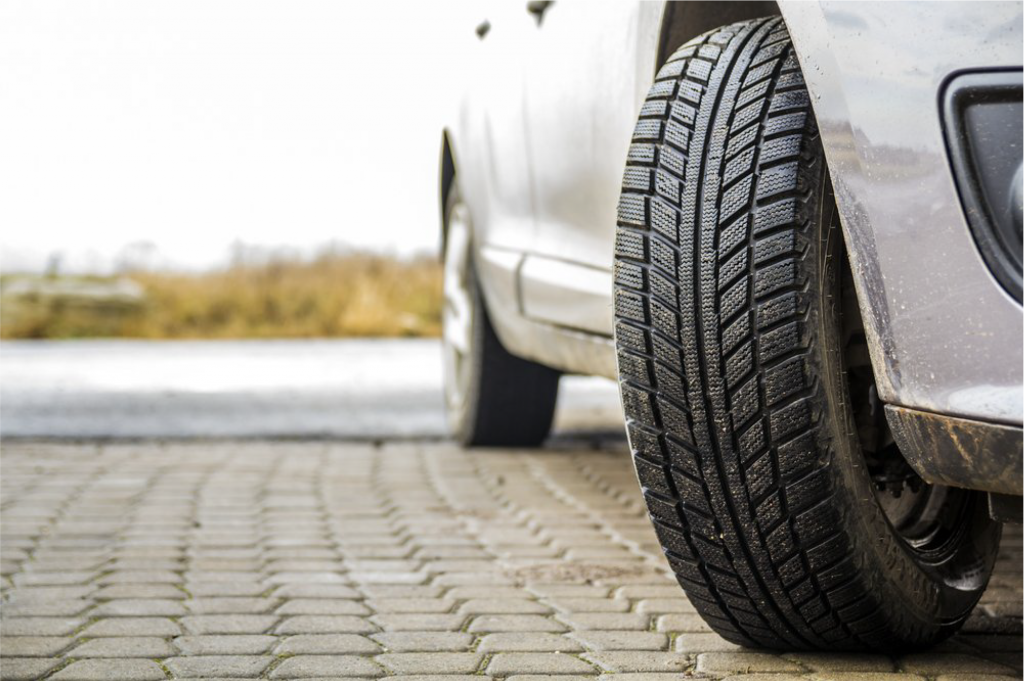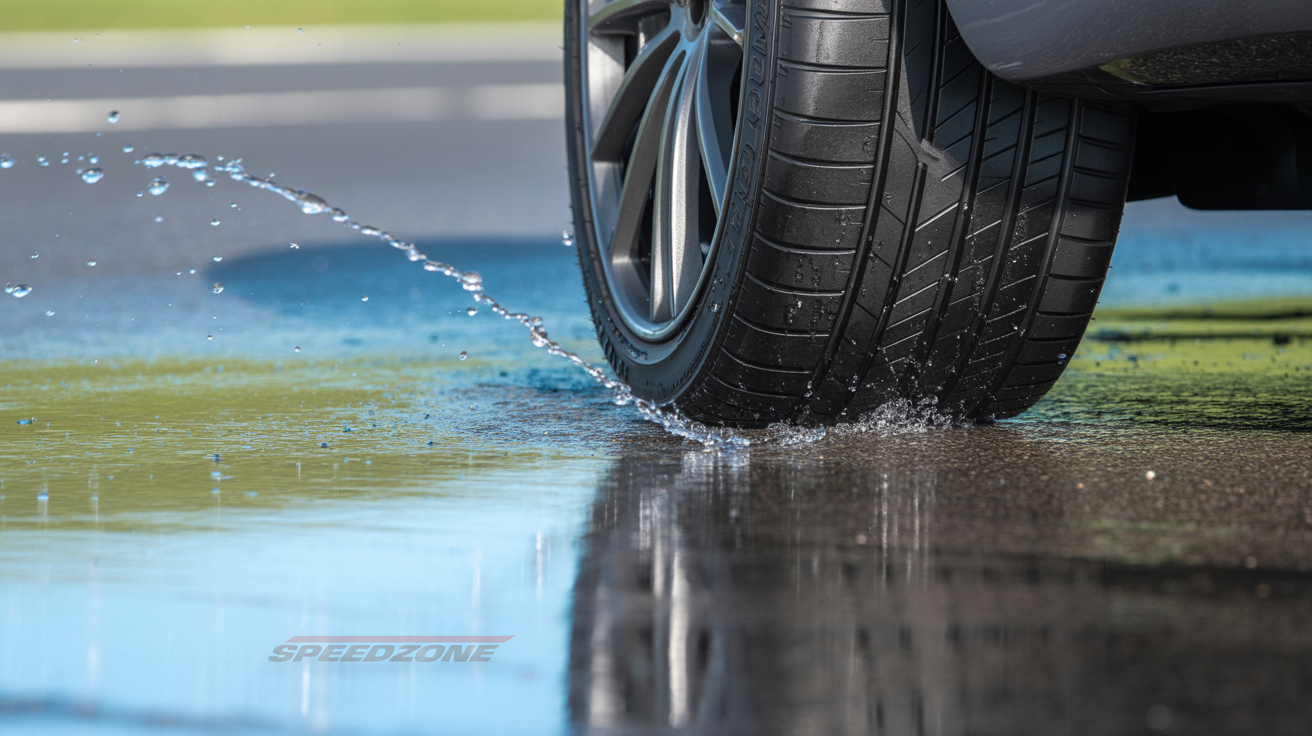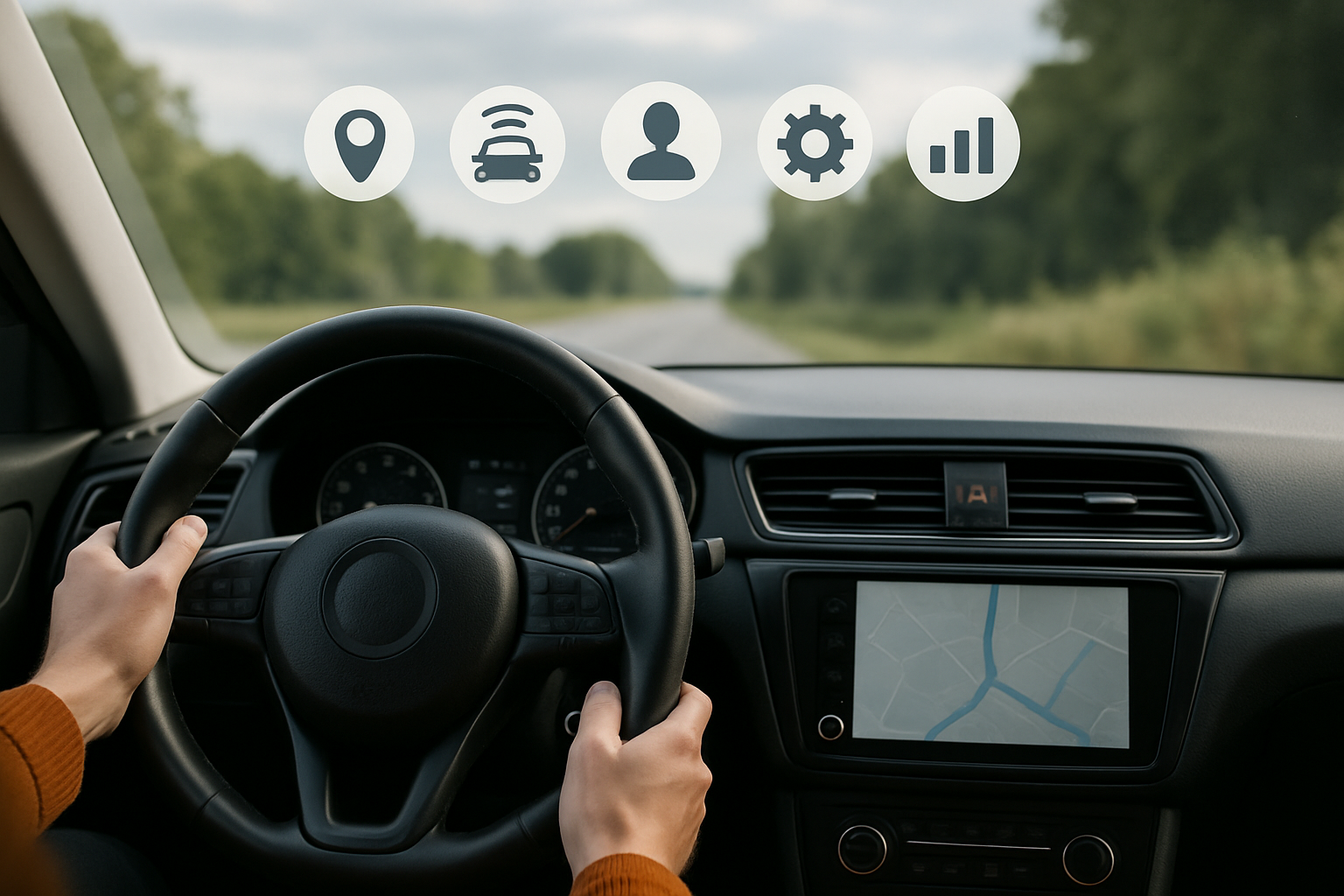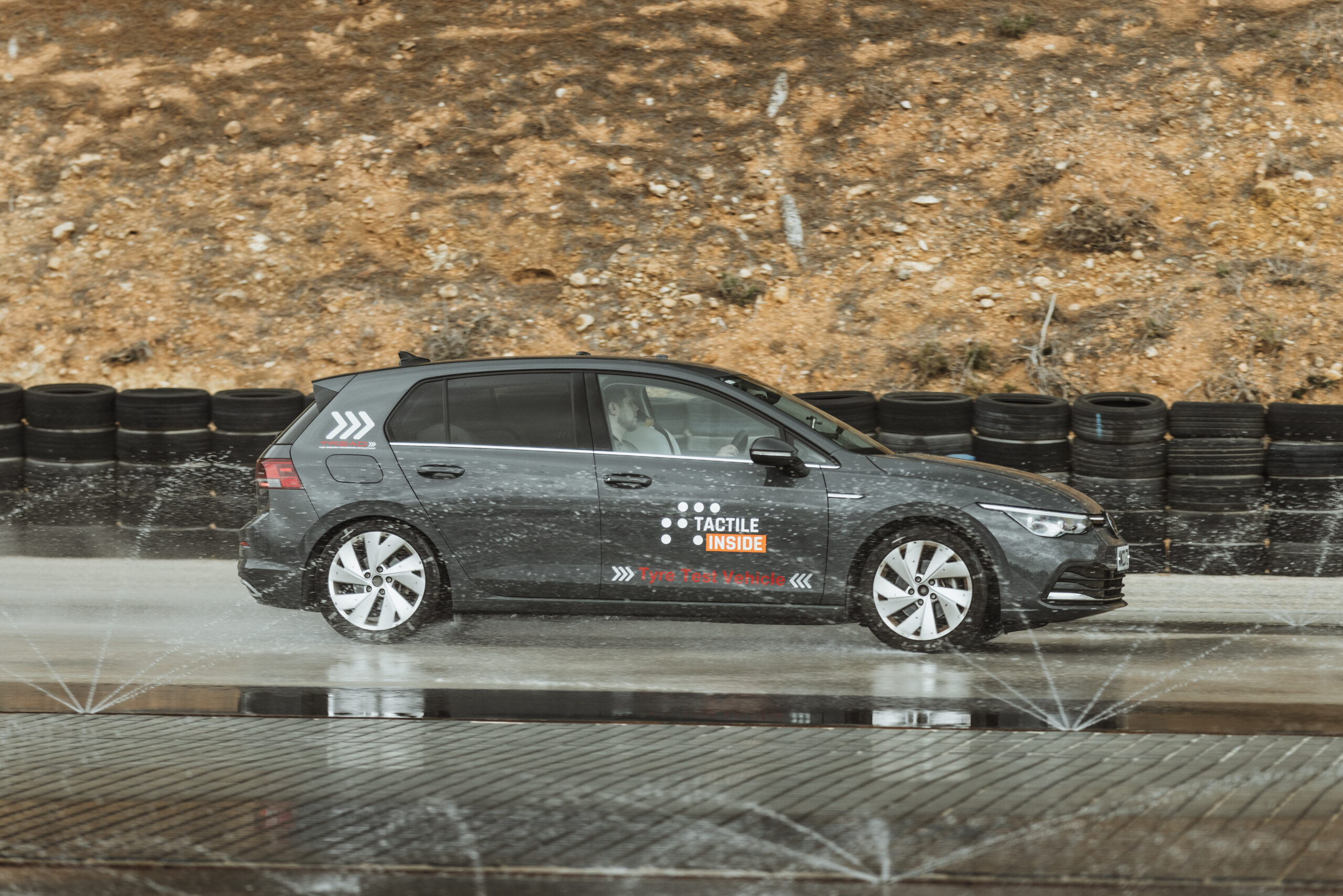By Stewart Burnett | February 16, 2024
The automotive industry has experienced numerous disruptions in the past decade, ranging from the rise of electrification to vehicle-to-everything (V2X) technology.
From the driver’s perspective, autonomous driving technology may pose the biggest paradigm shift of all. Public trust in the technology, however, is moving backwards. The annual Mobility Confidence Index from JD Power and the Michigan Institute of Technology has demonstrated a continuous decline in public sentiment: whereas 2021 saw consumer confidence sit at 42%, by 2023 it had dipped to 37%.
Persistent news stories and viral social media reports about the problems with autonomous driving have not helped. Tesla issued a voluntary recall of more than two million US vehicles in December 2023 to conduct over-the-air updates for its Autosteer function. Yagil Tzur, Vice President of Products at sensor firm Tactile Mobility, is optimistic that trust will come back around gradually, provided that the current issues are demonstrably resolved. This, he contends, will prove more difficult if a vehicle is constrained to visual perception alone.
The power of touch
Current vehicles equipped with self-driving and ADAS functionalities rely entirely on sight and spatial awareness to operate. While Tzur emphasises that these will always be the most crucial components for providing vehicles with information about their surroundings, he believes tactility is an “important and largely neglected” area.
Adding tactility encompasses a range of sensors, based largely around the tyre of the vehicle, that can provide continuous information about variables including traction, road quality, gross vehicle weight, and external temperature. Tactile Mobility augments this with cloud-based grip maps that provide real-time information about upcoming road conditions such as black ice.

“What we are doing is equipping vehicles with the ability to sense the dynamics of the road,” Tzur tells Automotive World. “Everything going on under the wheels of the car has an impact on how a person ultimately drives.”
As such, tactility sensors can provide crucial contextual information that improves the driving behavior of a self-driving vehicle.
As an example, he posits a scenario where friction is different on one side of the vehicle relative to the other. A sudden brake in these conditions will cause the driver to lose control, because braking performance will be fundamentally altered.
“Sight and spatial awareness aren’t enough. Human drivers use tactile feedback to know if they are driving safely or not. Autonomous driving currently does not, leaving it somewhat exposed to risk.”
Seeing is deceiving
Errors in vehicles’ visual and spatial perception are a significant contributor to their lack of trust among the public. They have likely also caused a disproportionate number of incidents: a 2021 study conducted for the National Law Review revealed that for every one million miles driven, there were 9.1 crashes involving vehicles with self-driving functionalities, compared to only 4.1 million for human-driven vehicles.
Perhaps the most notorious error phenomena in visual perception is phantom braking, wherein a vehicle brakes unexpectedly because it incorrectly detects an object on the road ahead. This can often prove dangerous: on 24 November 2022, a Tesla Model S abruptly braked following a lane shift on the San Francisco Bay Bridge, leading to an eight-vehicle crash that injured nine and blocked traffic for over an hour. At the time of writing, the US National Highway Traffic Safety Administration attributes at least one fatal crash to phantom braking incidents.
Tzur believes the core issue is a lack of hardware redundancy. “If you only have cameras, they could easily have problems in estimating depth or distance,” he explains. “Visual artefacts from certain lighting conditions can also trigger it.” While additional visual detection sensors such as radar and LiDAR—both of which are lacking in Tesla’s current generation vehicles—can help prevent many instances of phantom braking, additional redundancy can also be achieved through tactility sensors.
If you only have cameras, they could easily have problems in estimating depth or distance “One of the big issues with phantom braking is that OEMs apply worst-case scenarios to how the brakes are applied. There is no awareness of gross vehicle weight or tyre health, so it tends towards excessive caution.” Instead of braking 80m away from the perceived object, a vehicle that knows its actual gross weight and traction could brake safely from 50m instead. By this point, the vehicle may have been able to recognise the error and cancel the brake command.
A tactile future?
The potential for tactility sensors to improve autonomous and driver assistance functions has not fallen on deaf ears. Tzur highlights that Tactile Mobility has seen a significant amount of interest from major OEMs, with two important development projects currently underway. In addition, the company’s technology has been implemented in motion control technology firm Nexteer’s electronic power steering functions. A major partnership with Porsche has been put on hold following an internal reorganisation within Volkswagen Group to bring software development from the various brands under one roof. However, an internal team remains at work on technologies that are similar to Tactile Mobility’s offering.
Winning back trust for autonomous driving technologies will hinge on being able to demonstrate they are comparable—or superior—to the skills of a human driver.
“We already know that they have much faster response times than a human,” says Tzur. “What’s more, they’re never tired or distracted and don’t drive drunk. But they do have blind spots.” Correcting these blind spots will, in part, mean depending on more than sight alone to make driving judgments.

Published originally on Automotive World


